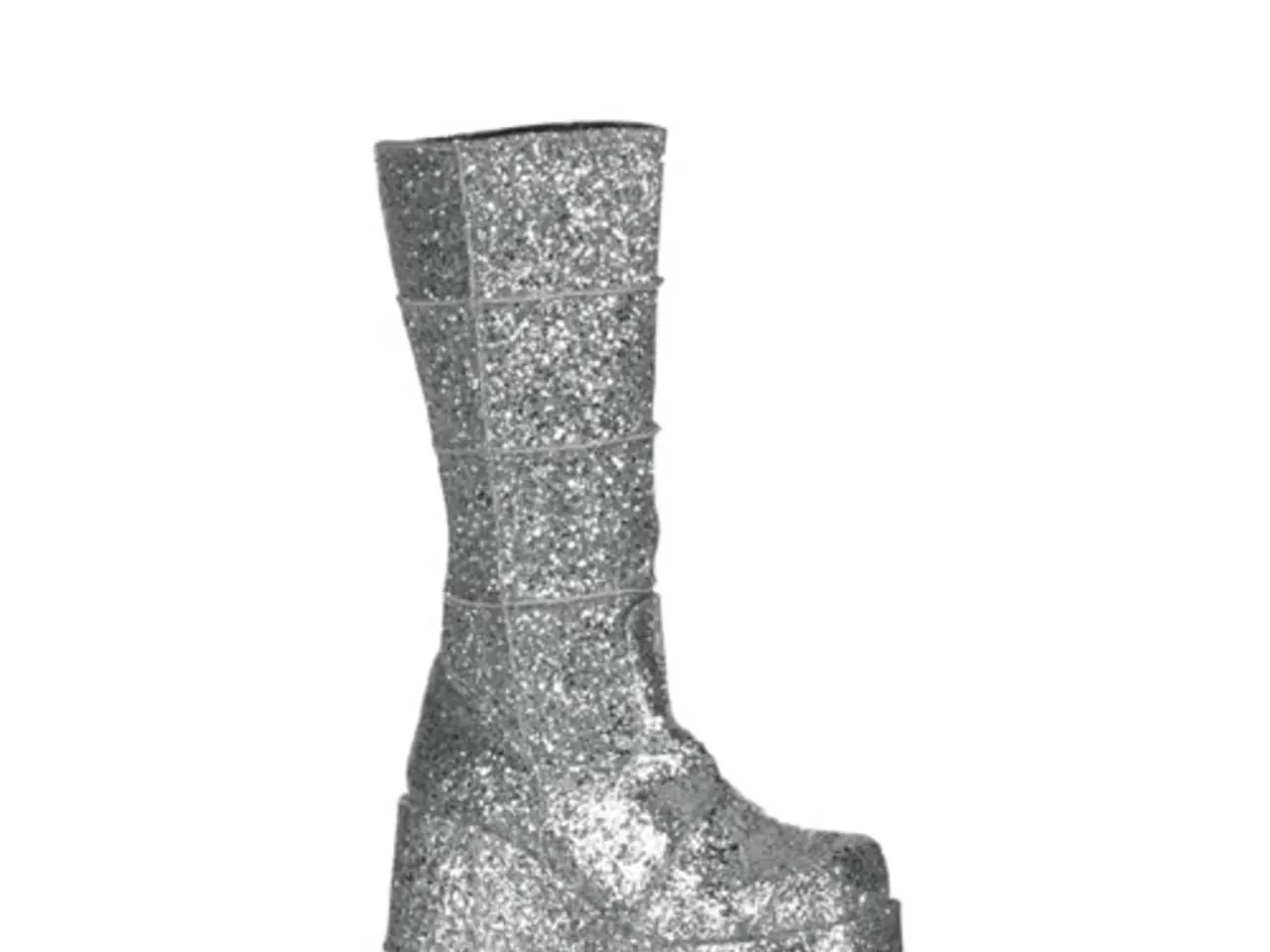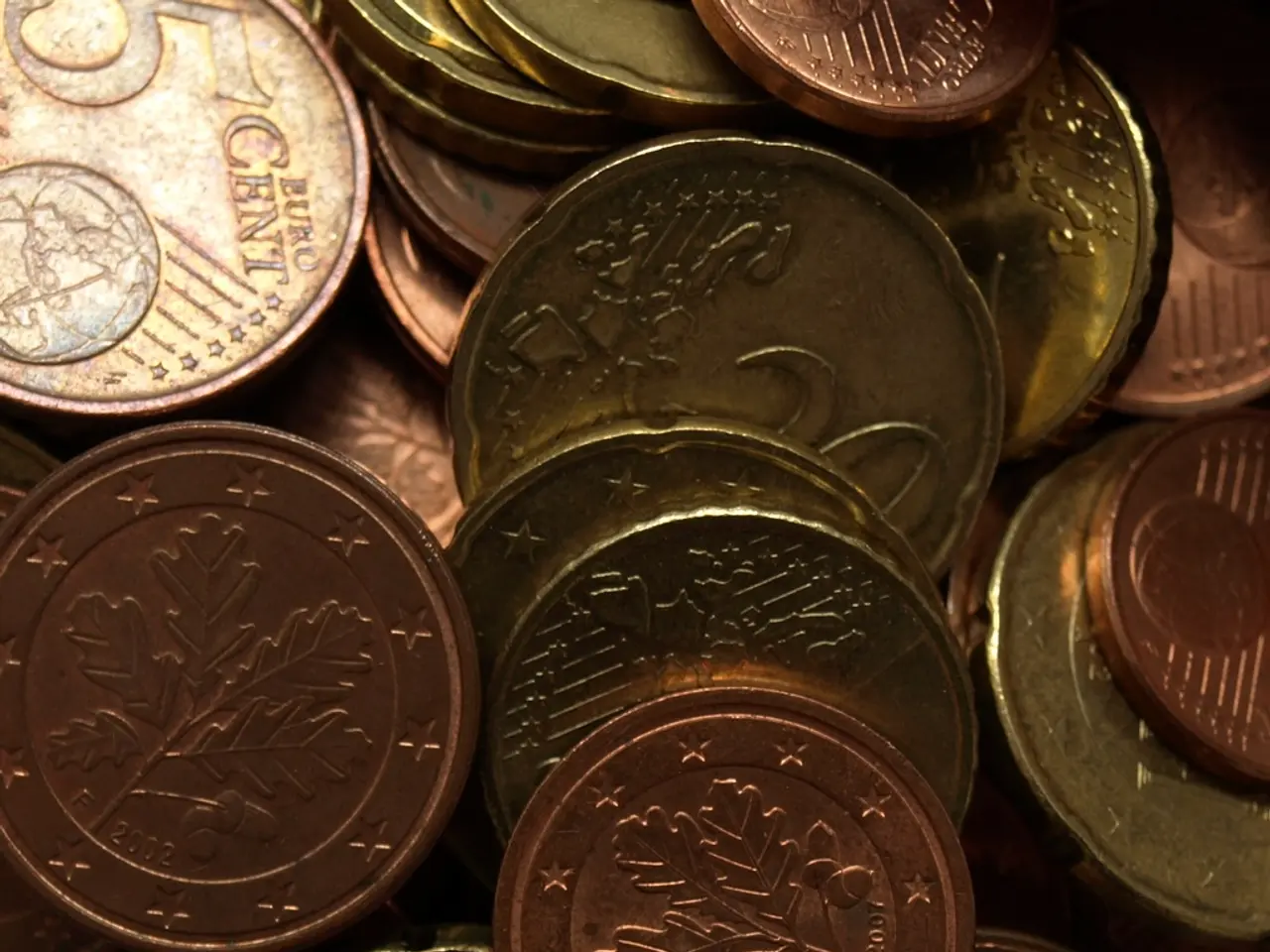Silver isn't as gold's smaller counterpart.
In the realm of precious metals, silver is poised to take centre stage as analysts predict an "industrial supercycle" that could see it thrive as a hybrid between a commodity and a store of value.
This transformation is driven by several key factors. Industrial demand for silver, which now makes up about 60% of total demand, is on the rise, primarily due to silver's essential role in renewable energy, electronics, artificial intelligence, and other transformative technologies [1][3][5]. This trend is expected to persist as global decarbonization efforts and digital transformation drive further silver usage.
The silver mining industry faces significant constraints. Only 25% of silver comes from primary silver mines, with the rest as byproduct from copper, zinc, and lead mining. This creates structural scarcity of supply, as geopolitical and permitting challenges, especially in top producers like Mexico, exacerbate supply problems [1][3]. A structural annual deficit exceeding 140 million ounces has persisted for multiple years, depleting aboveground silver inventories and intensifying scarcity.
Technological innovation in mining, such as the adoption of AI, machine learning, robotics, and blockchain, is helping to improve efficiency and sustainability. Recycling e-waste increasingly supplements supply, supporting more resilient and environmentally responsible sourcing in line with ESG criteria [5].
Silver's dual role as an industrial input and precious metal typically leads to higher price volatility compared to gold, influenced by supply-demand imbalances and geopolitical factors. However, structural deficits and strong investment inflows could amplify price swings going forward [1][3].
Unlike gold, silver combines both industrial and investment demand. Countries like Russia, China, and India are increasing silver purchases, potentially for reserves linked to a multipolar monetary system evolving alongside gold [1][2]. Russia's undeclared silver buying suggests silver may become a complement to gold in digital currency or metal-backed frameworks envisioned by BRICS nations as part of de-dollarization and financial system diversification.
In terms of returns, silver has been performing comparably to gold but currently has a slight edge. If gold continues to rise, silver is expected to react disproportionately, as seen in the silver bull market of 2011. Silver is more volatile than gold, with the potential for triple-digit percentage gains in a short period.
Despite the EU's VAT on silver temporarily reducing short-term returns, with proper storage (e.g., duty-free warehouses or direct purchase in Switzerland), this can be mitigated. Silver is an overlooked opportunity for asset upgrade, particularly for investors willing to invest against the tide.
Silver's strategic importance extends beyond its economic value. It plays a crucial role in geopolitical tensions, particularly in scenarios involving supply chain breakdowns, energy provision rethinking, and digitalization acceleration. In the emerging multipolar monetary system, silver's connections to both the real economy and mistrust of fiat currencies give it significant strategic importance.
In conclusion, silver's future outlook combines sustained demand growth from critical technologies, persistent supply limitations leading to deficits, and an emerging strategic investment role linked to multipolar monetary trends. These factors underpin silver’s long-term value proposition as both an indispensable industrial metal and a strategic investment asset with potential to act as a monetary metal in a shifting global financial order.
[1] Silver Institute. (2021). Silver in Photovoltaics. Retrieved from https://www.silverinstitute.org/silver-facts/industrial-applications/photovoltaics/
[2] World Gold Council. (2020). Silver. Retrieved from https://www.gold.org/research/gold-market/silver
[3] Silver Institute. (2021). Silver in Electronics. Retrieved from https://www.silverinstitute.org/silver-facts/industrial-applications/electronics/
[5] Silver Institute. (2021). Silver in Recycling. Retrieved from https://www.silverinstitute.org/silver-facts/industrial-applications/recycling/
- With the rise of renewable energy, electronics, artificial intelligence, and other transformative technologies, the industrial demand for silver is on the increase, making it an attractive investment opportunity for those seeking profits in the tech sector, given its essential role in these industries.
- As analysts predict an "industrial supercycle" for silver, the financial industry is showing interest in this metal, recognizing its potential substance as a store of value and its compatibility with today's technology-driven world, bolstering the case for investments in this lucrative market.




